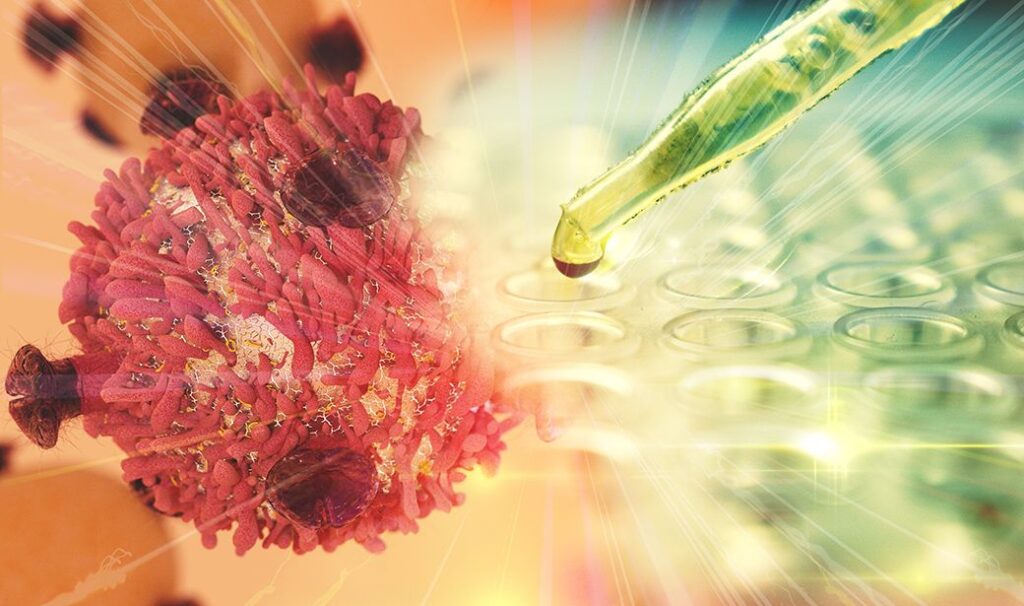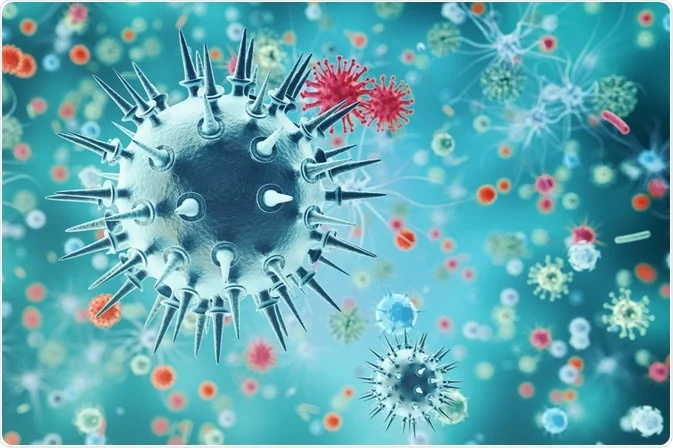Cancer is a complex disease that can affect almost any part of the body. Treatment for cancer varies depending on the type, stage, and individual health factors. Understanding the different types of cancer treatments can help patients make informed decisions.
In this article, we’ll explore the most common cancer treatment types and how they work.
Surgery: Removing the Tumor

Surgery is one of the most common and oldest methods for treating cancer. The goal of surgery is to remove the tumor along with some surrounding healthy tissue to ensure that cancer cells are eliminated. Surgery may also be used for diagnostic purposes, such as obtaining a biopsy to determine the cancer type.
When Is Surgery Used?
- Early-stage cancers where the tumor is localized.
- Tumors that can be completely removed.
- To relieve symptoms or remove cancerous tissue after other treatments.
- To diagnose and stage cancer.
Types of Cancer Surgery:
- Curative Surgery: Aims to remove the entire cancerous tumor.
- Debulking Surgery: Removes as much of the tumor as possible when complete removal isn’t feasible.
- Palliative Surgery: Alleviates pain or symptoms caused by the tumor.
- Reconstructive Surgery: Restores appearance or function after cancer removal, such as breast reconstruction after mastectomy.
- Preventive Surgery: Removes tissue at high risk of developing cancer (like a prophylactic mastectomy).
Risks and Recovery:
While surgery can be life-saving, it comes with risks such as infection, bleeding, and recovery challenges. Post-surgery care often involves pain management, wound care, and physical therapy.
Radiation Therapy: Targeting Cancer Cells
Radiation therapy uses high-energy waves or particles to kill or damage cancer cells. It is often combined with other treatments like surgery or chemotherapy.
How Does It Work?
Radiation damages the DNA inside cancer cells, preventing them from growing and dividing.
Types of Radiation Therapy:
- External Beam Radiation: A machine directs radiation at the cancer site.
- Internal Radiation (Brachytherapy): Radioactive material is placed inside the body near the tumor.
- Systemic Radiation Therapy: Uses radioactive substances, like radioactive iodine, that travel in the blood.
Benefits and Side Effects:
Radiation therapy is effective in reducing tumor size and eliminating residual cancer cells after surgery. However, it may cause side effects like fatigue, skin irritation, and localized hair loss.
Chemotherapy: Using Drugs to Kill Cancer
Chemotherapy involves the use of powerful drugs that target and kill rapidly dividing cancer cells. It can be given orally, intravenously, or through injections.
When Is Chemotherapy Used?
- To shrink tumors before surgery or radiation (neoadjuvant therapy).
- To eliminate remaining cancer cells after surgery (adjuvant therapy).
- To treat cancers that have spread (metastatic cancer).
Common Side Effects:
- Nausea and vomiting
- Hair loss
- Weakened immune system
- Fatigue and weakness
- Anemia
Managing Side Effects:
Anti-nausea medications, dietary adjustments, and maintaining hydration can help manage the effects of chemotherapy. Regular blood tests monitor blood cell counts and organ function.
Immunotherapy: Harnessing the Body’s Defense

Immunotherapy boosts the body’s natural defenses to fight cancer. It helps the immune system recognize and attack cancer cells more effectively.
How It Works:
- Enhances the immune response to cancer cells.
- Blocks the mechanisms that allow cancer cells to evade immune detection.
Types of Immunotherapy:
- Checkpoint Inhibitors: Help the immune system recognize and attack cancer cells.
- CAR T-Cell Therapy: Modifies the patient’s T-cells to better target cancer.
- Cancer Vaccines: Stimulate the immune response against cancer-specific antigens.
- Monoclonal Antibodies: Target specific proteins on cancer cells.
Why Choose Immunotherapy?
It can be highly effective for cancers that are resistant to traditional treatments, like melanoma or lung cancer. Side effects may include fatigue, skin reactions, or flu-like symptoms.
Targeted Therapy: Precision in Cancer Treatment
Targeted therapy focuses on specific molecules involved in cancer growth. Unlike chemotherapy, which affects all rapidly dividing cells, targeted therapy zeroes in on cancer cells with minimal impact on normal cells.
Examples of Targeted Therapy:
- Tyrosine Kinase Inhibitors (TKIs): Block signals that tell cancer cells to grow.
- Angiogenesis Inhibitors: Prevent the formation of blood vessels that feed the tumor.
- PARP Inhibitors: Effective in treating cancers with BRCA gene mutations.
Personalization in Treatment:
Genetic testing and molecular profiling help identify suitable targeted therapies, increasing their success rate.
Emerging Treatments: Hope for the Future
Research is ongoing to discover innovative cancer treatments. Some emerging methods include:
- Gene Therapy: Altering genes to correct mutations.
- Oncolytic Virus Therapy: Using genetically modified viruses to kill cancer cells.
- Nano-Medicine: Targeted drug delivery using nanoparticles.
- CRISPR Technology: Editing faulty genes to prevent or treat cancer.
Coping with Cancer Treatment: Practical Tips
Dealing with cancer treatment can be physically and emotionally challenging. Here are some tips:
- Stay Informed: Understanding your treatment helps reduce anxiety.
- Seek Support: Counseling or support groups can help cope with emotions.
- Practice Self-Care: Focus on nutrition, sleep, and gentle exercise.
- Communicate Openly: Discuss your concerns with healthcare professionals.
FAQ’s
1. What Are the Main Types of Cancer Treatment?
The main types of cancer treatment include surgery, radiation therapy, chemotherapy, immunotherapy, and targeted therapy. Each treatment works differently to remove, kill, or control the growth of cancer cells.
2. How Do Doctors Decide Which Cancer Treatment Is Best?
Doctors choose the best cancer treatment based on several factors, including the type and stage of cancer, the patient’s overall health, genetic factors, and how the cancer is expected to respond to specific treatments.
3. Can Cancer Be Treated Without Surgery?
Yes, cancer can sometimes be treated without surgery, especially when the tumor is inoperable or surgery is not feasible. Treatments like chemotherapy, radiation, immunotherapy, and targeted therapies may be used as alternatives.
4. What Are the Newest Innovations in Cancer Treatment?
Emerging treatments include gene therapy, oncolytic virus therapy, nano-medicine, and CRISPR technology. These cutting-edge approaches aim to target cancer cells more precisely and with fewer side effects compared to traditional methods.
5. Are There Side Effects Associated with Cancer Treatments?
Yes, most cancer treatments can have side effects. For example, chemotherapy may cause nausea, fatigue, and hair loss, while radiation can lead to skin irritation and fatigue. Targeted therapies and immunotherapies may have specific side effects related to the immune system.
6. How Can Patients Cope with the Emotional Impact of Cancer Treatment?
Coping with the emotional challenges of cancer treatment can involve counseling, support groups, open communication with loved ones, and self-care practices such as meditation and exercise. Seeking mental health support is also beneficial for many patients.
Final Thoughts: Choosing the Right Approach
Cancer treatment plans are tailored to individual needs based on the cancer type, stage, and overall health. It is crucial to discuss options thoroughly with an oncologist, considering both the potential benefits and side effects. By staying informed and actively participating in your care, you can make the best choices for your treatment journey. The advances in cancer treatment continue to bring hope and new options, making early diagnosis and proactive management key to successful outcomes.
Related Post
- mylovelyfurryfriend discover expert tips on dog health
- Infectious Diseases Updates – Stay Informed, Stay Protected!
- Wegovy For Weight Loss – A Breakthrough in Managing Obesity!
- Emergency Medicine Forum – A Hub for Fast-Paced Knowledge, Support & Updates!
- Pediatrics Discussions – Insights, Challenges, and Expert Advice for Better Child Health!





Leave a Reply